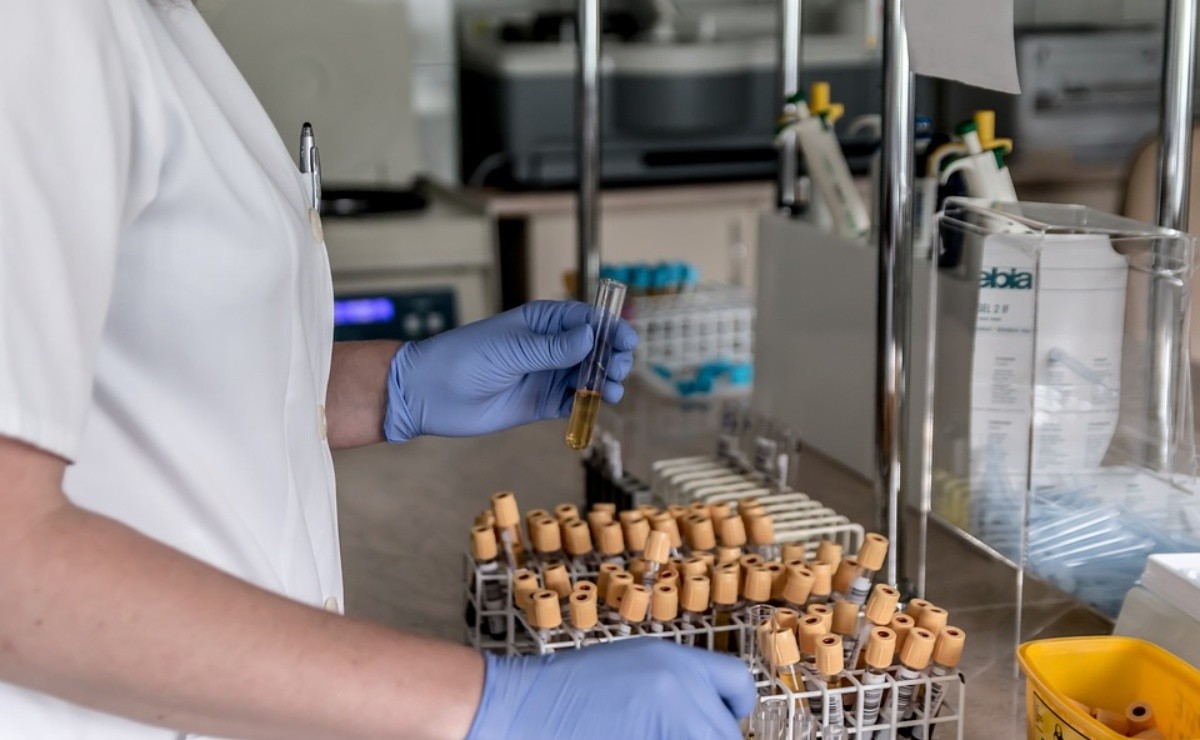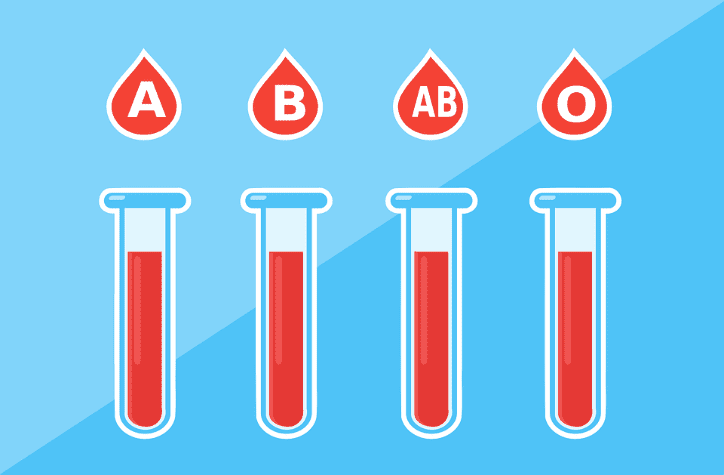
A disease characterized by a lack of clotting in the blood, the treatment for hemophilia A produced with human cells is now available in Mexico
Treatment for hemophilia A produced with human cells is already available in Mexico, doctors from the Mexican Institute of Social Security (IMSS) said Tuesday, which covers more than half of the Mexican population.
In Mexico there are 6,022 patients diagnosed with hemophilia; However, another 3,000 still do not know that they suffer from this disease, which is characterized by a lack of clotting in the blood , according to data from the Haemostasis and Thrombosis Clinic of the Hospital de Especialidades of the La Raza Medical Center of the IMSS.
"The fundamental advantage of this new treatment is that it has a greater penetration of von Willebrand factor, a fundamental protein in the coagulation process," explained Abraham Majluf Cruz, a physician at the IMSS.

It is coagulation Factor VIII that was previously implanted in hamster cells, which raised the possibility that patients would develop an inhibitor that decreased the effectiveness of the treatment.
The patient’s immune system detected a foreign substance and generated antibodies that inhibited the effect of Factor VIII, which in turn caused the bleeding to continue in the hemophilia patient, he explained.
Majluf stressed that with this new treatment, Factor VIII has a longer half-life and, as it is developed with human cells, "it hides itself from immune surveillance mechanisms."
It may interest you: When is the woman with hemophilia also sick?
Then, the patient generates fewer antibodies or inhibitors, which in turn causes fewer doses to be applied in the medium and long term, lower cost and higher quality of life for people with the disease.
To complete the development of this treatment, 20 years of study were required and its efficacy and safety in patients of all ages and of any ethnic group were verified, he indicated.
He assured that with this treatment, compared to others, in a range of one year, spontaneous hemorrhages in hemophiliac patients decreased from 1.57 to zero, while in those derived from trauma they fell from 2.32 to 1.20.
He also emphasized that its effectiveness in surgical procedures, surgeons and hematologists rated it as "excellent" since blood loss was not higher than expected in any surgery in patients without hemophilia.
Hemophilia is considered a rare disease and affects one in 5,000 males from birth and is characterized by prolonged bleeding, sometimes without apparent cause or after mild trauma due to the absence or malfunction of one of the factors of clotting in the blood.
It may interest you: Women with irregular periods or bleeding can be hemophiliac